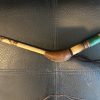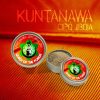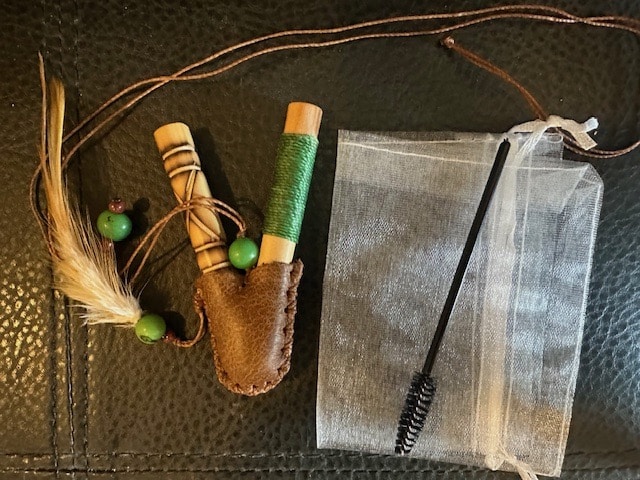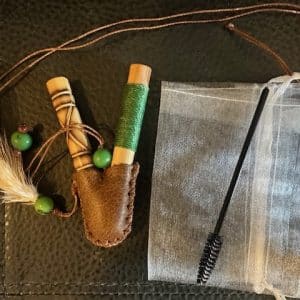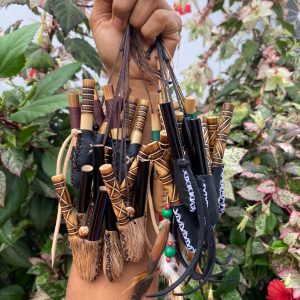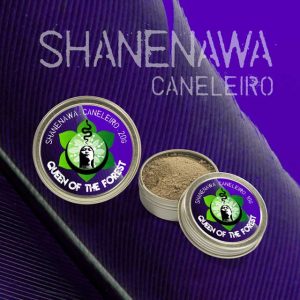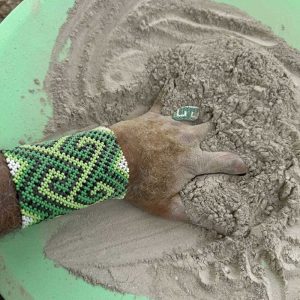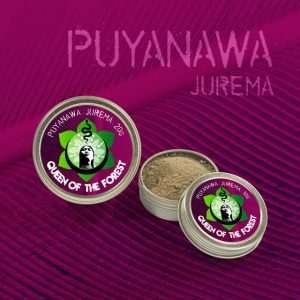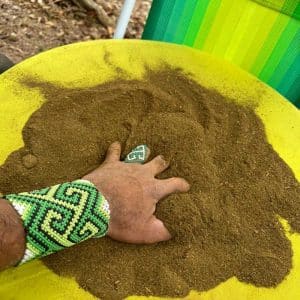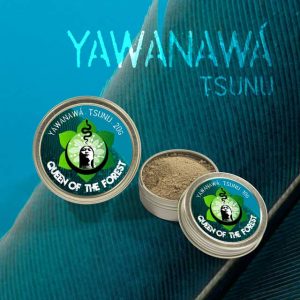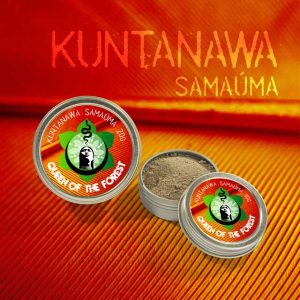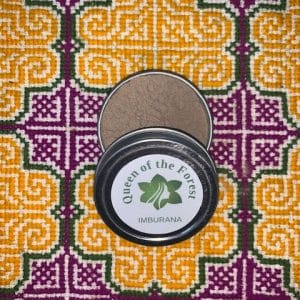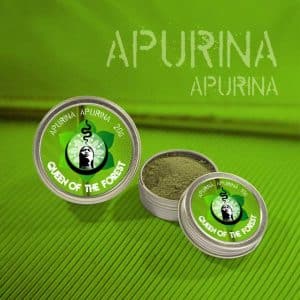Wood and Leather Decorative Kuripe with Brush Cleaner
$57.00
Handmade rapé (pronounced ha-pay or rah-pay) self-applicator made out of wood and leather- comes string and with a brush for cleaning handmade by an indigenous sister in Estrela Brilhante Daime Church in Maranhão, Brazil . We only have a few available so hurry. These won’t last.
Out of stock
What is a Kuripe and How to Use It: The Essential Guide
A kuripe is a traditional tool used for the self-administration of Hapeh (Rapé), a sacred shamanic snuff made from a blend of Amazonian plants, seeds, and ashes. This Hapeh applicator is designed with a V-shaped pipe that connects the mouth to the nose, allowing users to blow the snuff into their own nostrils. The kuripe is an essential tool in many Indigenous cultures, particularly among tribes in Brazil, where it is revered for its role in spiritual rituals, healing practices, and personal meditation.
How to Use a Kuripe
Using a kuripe requires mindfulness and respect, as Hapeh is considered a sacred medicine. Here’s a step-by-step guide on how to properly use your Hapeh applicator:
- Prepare the Hapeh: Begin by placing a small amount of Hapeh powder on a clean, flat surface. It’s important to measure the right amount—start with a small dose if you are new to the practice.
- Fill the Kuripe: Carefully load one end of the kuripe with the Hapeh. The end where the powder is placed will be the side that is inserted into the nostril.
- Set Your Intention: Before administering, take a moment to set your intention. Hapeh is often used for grounding, clarity, and connection to spirit. Setting a clear intention helps to enhance the experience.
- Position the Kuripe: Place the mouthpiece end of the kuripe between your lips, and insert the other end gently into one of your nostrils.
- Administer the Hapeh: Blow through the kuripe with a sharp, steady breath. The force should be enough to deliver the Hapeh into your nostril without discomfort. It’s common to feel a strong sensation in the head, followed by a period of deep focus or meditation.
- Repeat for the Other Nostril: If desired, repeat the process for the other nostril, using a fresh portion of Hapeh.
Caring for Your Kuripe
Proper care of your kuripe is crucial to maintain its effectiveness and honor the sacred tradition it represents:
- Cleaning: After each use, clean the kuripe thoroughly. Rinse it with warm water to remove any remaining Hapeh powder. You can also use a small brush to clean the interior passages.
- Drying: Ensure the kuripe is completely dry before storing it. Moisture can cause damage to the material and affect the tool’s longevity.
- Storage: Store your kuripe in a dry, safe place, preferably in a pouch or container to protect it from dust and physical damage.
- Regular Maintenance: Depending on the material of your kuripe (wood, bone, etc.), you may need to apply natural oils to keep it from drying out or cracking.
By following these guidelines, you can ensure that your kuripe remains a powerful and respected tool in your spiritual practice.
Conclusion
A kuripe is more than just a Hapeh applicator; it is a bridge between the physical and spiritual realms. Understanding how to use and care for this sacred tool is essential for anyone who seeks to incorporate Hapeh into their spiritual journey. Whether you are a seasoned practitioner or a newcomer, respecting the kuripe and the traditions it represents will enhance your connection to this ancient practice.
Related
| Weight | 0.5 oz |
|---|


